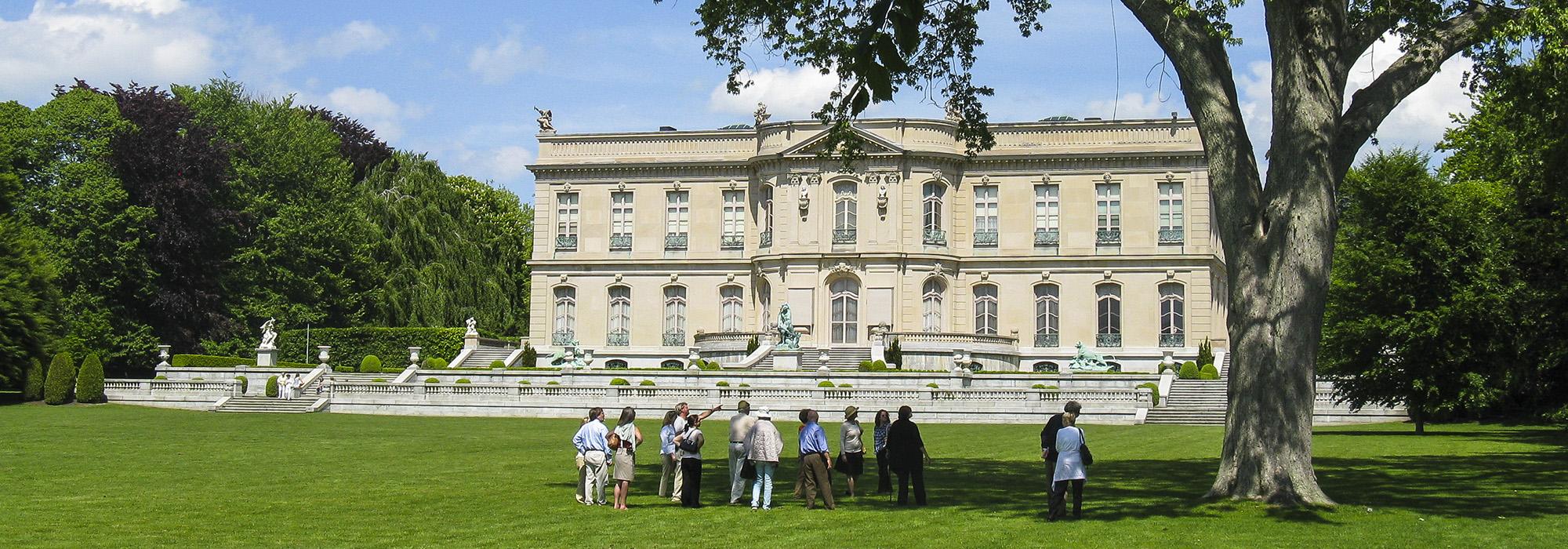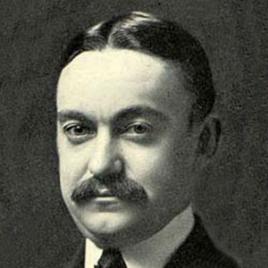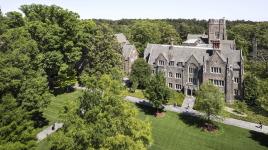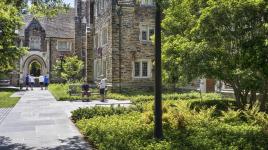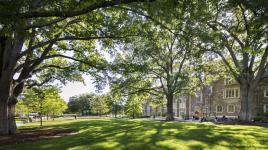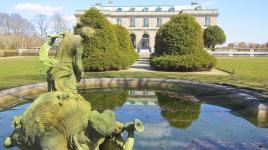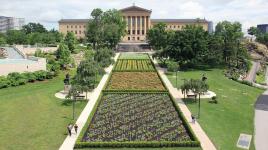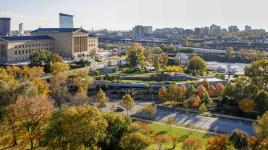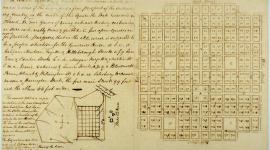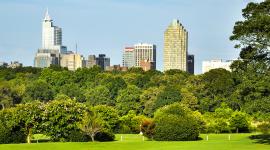Pioneer Information
Born in Philadelphia, Pennsylvania, Trumbauer attended public schools and began working as a draftsman at age sixteen (with no formal architectural training) at the G.W. and W.D. Hewitt architectural firm. After working there for six years, he became an independent architect in 1890. His first major commission came from William Welsh Harrison to design a mansion in Glenside, Pennsylvania. Soon after, in 1894, Harrison commissioned him to design Grey Towers Castle (now a National Historic Landmark), which led him to become one of the most prominent American architects during the Country Place era.
He designed many estates for wealthy clients in Pennsylvania, New York, Rhode Island, and Washington, D.C., often incorporating hedged formal gardens, such as at The Elms and Miramar (both in Newport, Rhode Island). He had particular influence in Philadelphia, where he designed the Philadelphia Museum of Art in collaboration with the firm of Zantzinger, Borie & Medary between 1911 and 1928 and more than 40 structures in the city center alone. He also designed hotels, office buildings, institutional grounds, and much of the campus of Duke University, both the original Trinity College (now East Campus) and West Campus, between 1924 and 1938.
Although he never completed a formal architectural program, Trumbauer received an honorary M.A. in architecture from Harvard University in 1915. Business declined at the start of the Great Depression in 1929, but he continued to work on commissions until his death. Trumbauer died of cirrhosis of the liver in Philadelphia. Although a firm did not survive him, longtime employees Julian Abele and William Frank continued to work on Trumbauer’s commissions under the moniker “Office of Horace Trumbauer.”



